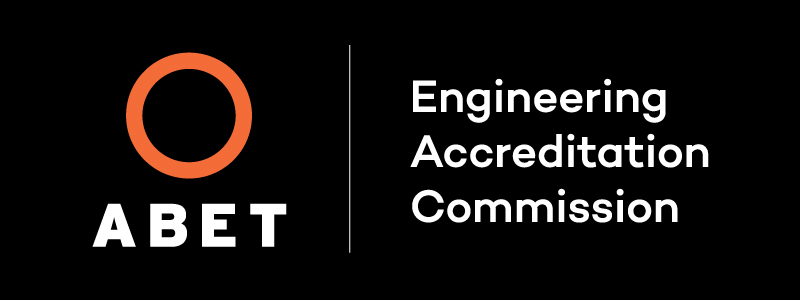ECE 4530 - Hardware-Software Codesign (3C)
Course Description
An introduction to the design of mixed hardware-software systems, focusing on common underlying modeling concepts, the design of hardware-software interfaces, and the trade-offs between hardware and software components. Students will use simulation tools to conduct experiments with mixed hardware-software systems in the area of embedded systems.
Why take this course?
In classic embedded system design, hardware and software components are developed independently by separate design teams. This leads to a slow and inefficient design process. There is general agreement in the design community that a combined consideration of hardware and software design issues will lead to more efficient systems and a more efficient design process. This course, targeted at computer engineers, addresses these issues.The course provides an introduction in hardware-software co-design. It outlines the basic strengths of hardware and software implementations, and shows how to combine those into a successful system design. The focus is on the commonalities in the design process of hardware and software, as well as on the design of hardware-software interfaces.
Learning Objectives



